Behind the Lab Doors: How KU Undergraduate Research Took My Learning Beyond the Textbooks
At KU, students don’t have to wait for graduate school to get hands-on research experience. Undergraduate Jayhawks are welcomed into labs and projects where they can apply classroom learning, explore new ideas, and work alongside faculty mentors.
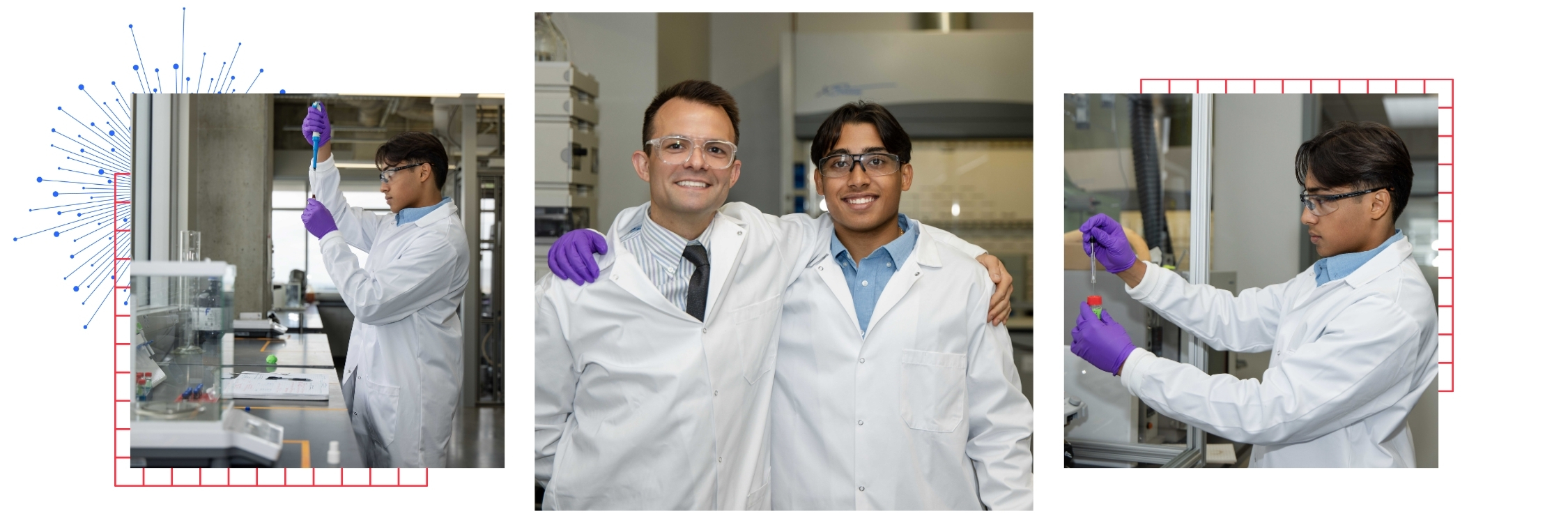
Today, we’re excited to share a story written in the words of one of our own undergraduate researchers. Pritam Ray, a chemical engineering major on the premedical track, has taken full advantage of KU’s commitment to undergraduate research. In this post, he reflects on how stepping into the lab expanded his education beyond textbooks and opened doors to discovery, mentorship, and new opportunities.
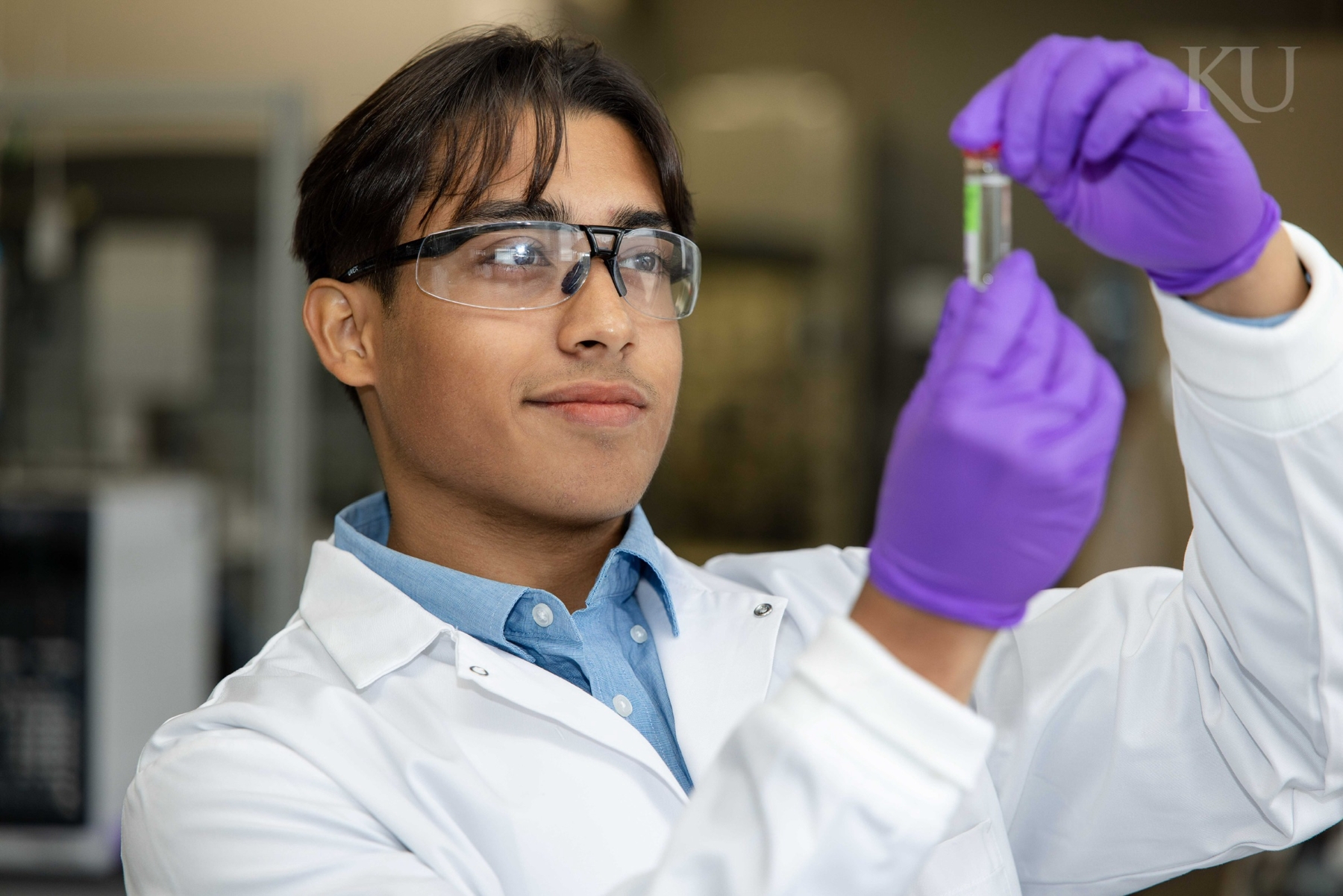
Why KU Undergraduate Research?
Entering the University of Kansas as freshman, I was immersed in an environment that seemed to have an endless number of opportunities. There were clubs ranging from creating race cars to making pottery and the best part — how intensely passionate everyone was. As much as I enjoyed being introduced to the boundless number of paths I could take, it brought me to wonder: what is the best path for me?
Throughout my first semester I was driven in connecting engineering principles with the medical field. With this goal in mind, it attracted me to choosing a Chemical Engineering major on a premedical track. It was not until a talk given by senior students during my Intro to Chemical Engineering course (CPE 111) that the idea of research had come to mind.
Their presentation showcasing the incredible projects and the labs that were available to undergraduates got me really excited for further exploring research that I could get into. Given how diverse the applications for chemical engineering are, I knew there had to be some research that connected to the medical field. That’s when I discovered Dr. Allgeier’s work!
I immediately sent him an email expressing my interests over winter break. After a response back in a few weeks, we were able set up a meeting discussing the research I would be helping conduct. Dr. Allgeier explained how I would be working with PhD candidate Tom Gonzales as my mentor; furthermore, he delved into how we would be investigating an issue involving mass transport limitations in Suzuki Miyaura Cross Coupling (SMC) reactions.
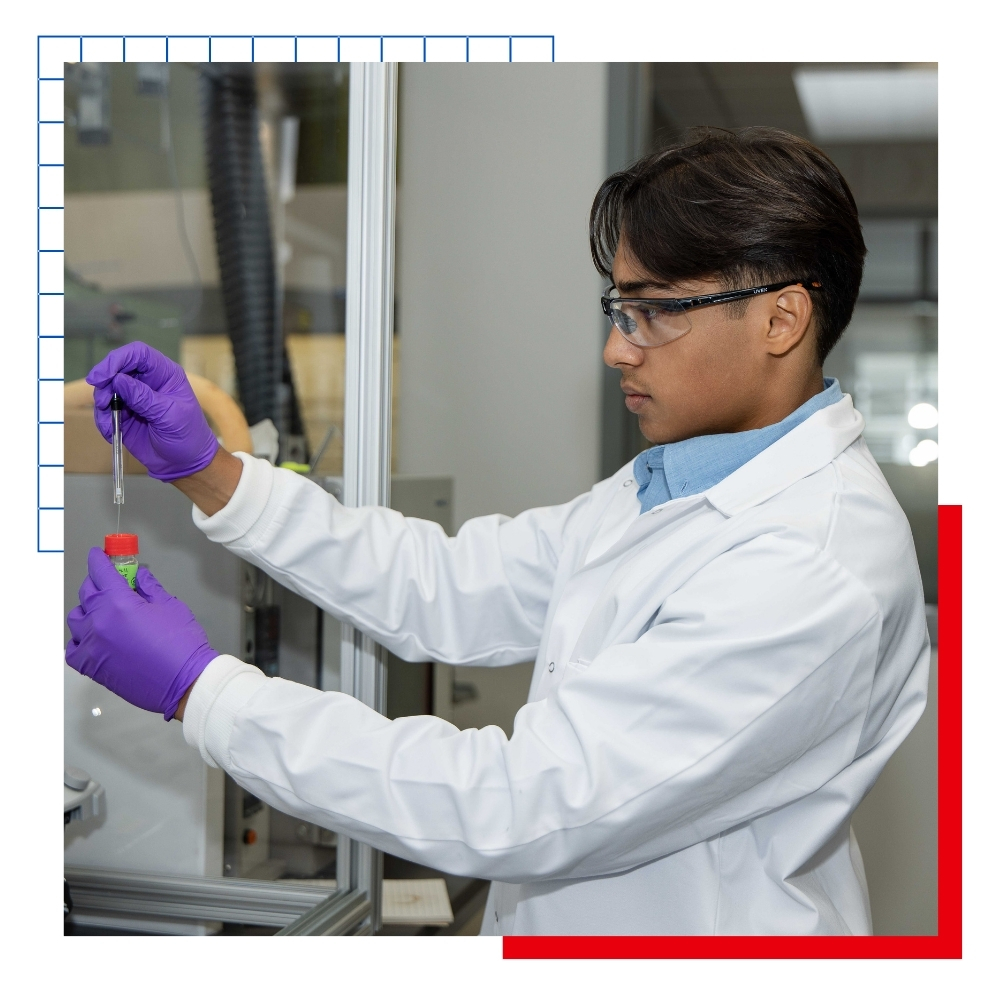
These reaction’s ability to form selective carbon-carbon bonds widely used for pharmaceutical synthesis is what caught my attention. I was instantly drawn to the chemistry and problem solving that was required for this work, even though I had little idea as to how it all worked at the time. I quickly found myself entering this rabbit hole as I started volunteering in the lab my spring semester and I loved every moment of it!
Working in the Lab
During the initial phases of joining the Allgeier Research Group, I was introduced to several concepts that built my foundation for conducting research. Tom had first helped me gain basic skills such learning to utilize the pipets, finding my way around the lab, and properly disposing of chemicals. After a few weeks of following Tom’s procedures, he further developed my skills by giving me problems to solve such as calculating dilutions and creating calibration curves using Beer’s Law.
While these concepts were taught in class, I later understood the applications of these calculations in the lab. For example, when using our analytic tool known as the High- Performance Liquid Chromatography (HPLC) machine that analyzed our samples, the calibration curves were essential in understanding the unknown concentrations! As much as I was learning about conducting research, I was also split in between managing classes and being in the lab. I knew that if I wanted to gain a deeper understanding of our project, I needed to devote more time to research and learning from Tom.
For this reason I applied for KU’s IDEA REU {Research Experience for Undergraduates} program in the summer that was dedicated to allowing students to perform research full time. After being accepted into this amazing program I was able to continue my work with SMC reactions. However, unlike volunteering during the school year, conducting research in the summer really put me into the shoes of a graduate student.
I worked alongside Tom throughout the day, even after regular hours, and attended weekly meetings with Dr. Allgeier to discuss the next steps. Over time, I was finally able to grasp the inner workings of our research.
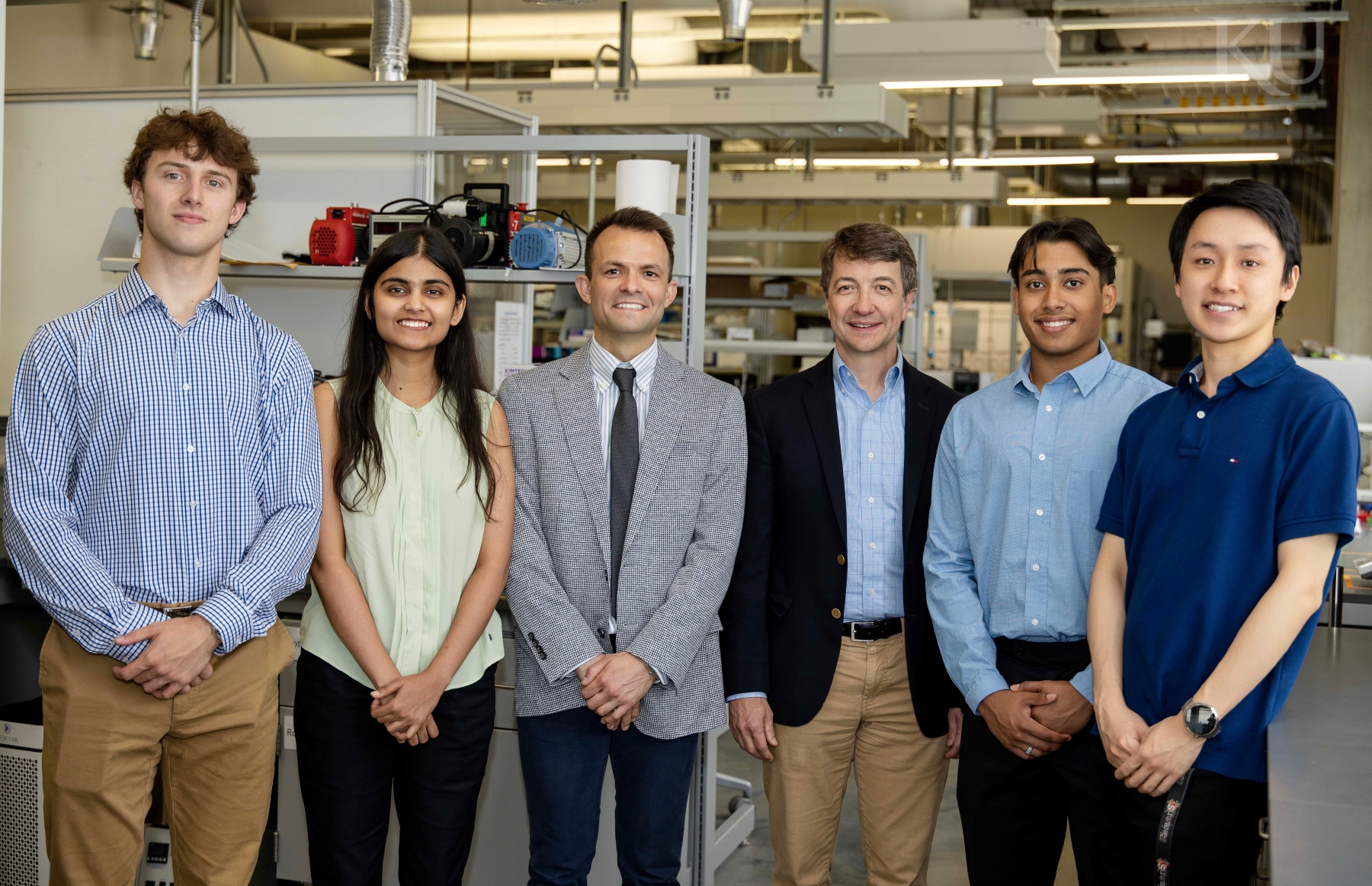
Furthermore, it was through opportunities such as being on stage presenting my research to fellow peers and professors alike that further pushed me to go beyond the surface level. Through these activities, I was not only able to understand our study of mass transport limitations, but explain these concepts in simpler terms.
One of the best parts about the REU was being able to work alongside students from universities across the nation. I was surrounded by so many talented individuals who were also very down-to-earth. In fact, I would find myself asking the seniors for advice on classes all the time and we would have so much fun during the activities hosted by the REU outside the lab.
It was interesting to see the different perspectives of the people I meet; some were doing research for the first time, never having worked in a lab before, while others had several years of experience under their belt and papers on the way to being published. No matter who it was, the program allowed for great growth for everyone and incredible memories.
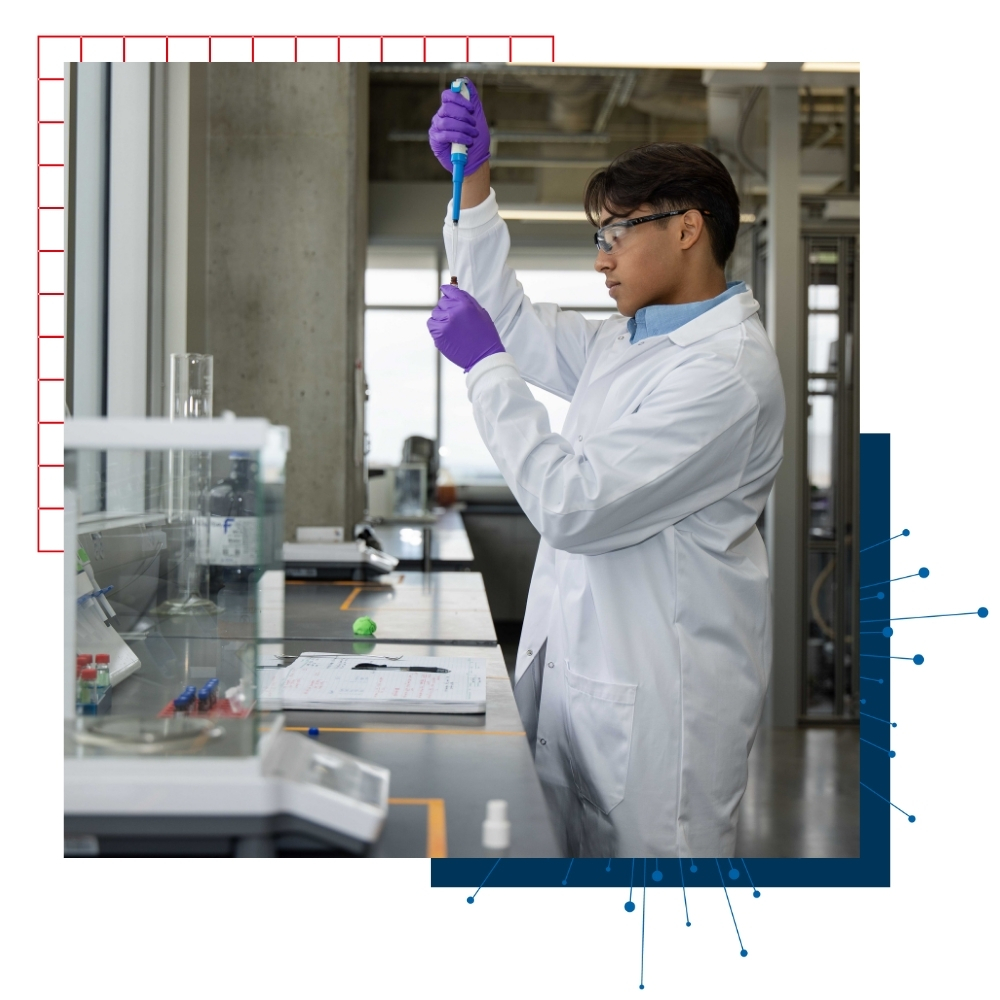
KU Friends Along the Way
While research helped me become more experienced in connecting concepts from class to real world applications, it also helped me connect with some amazing people. The members in the Allgeier Research Group were incredibly kind, never shy about a having conversation, offering advice, or even helping with homework. After having worked with Tom thus far we were also able to make a great team, both in and out of the lab.
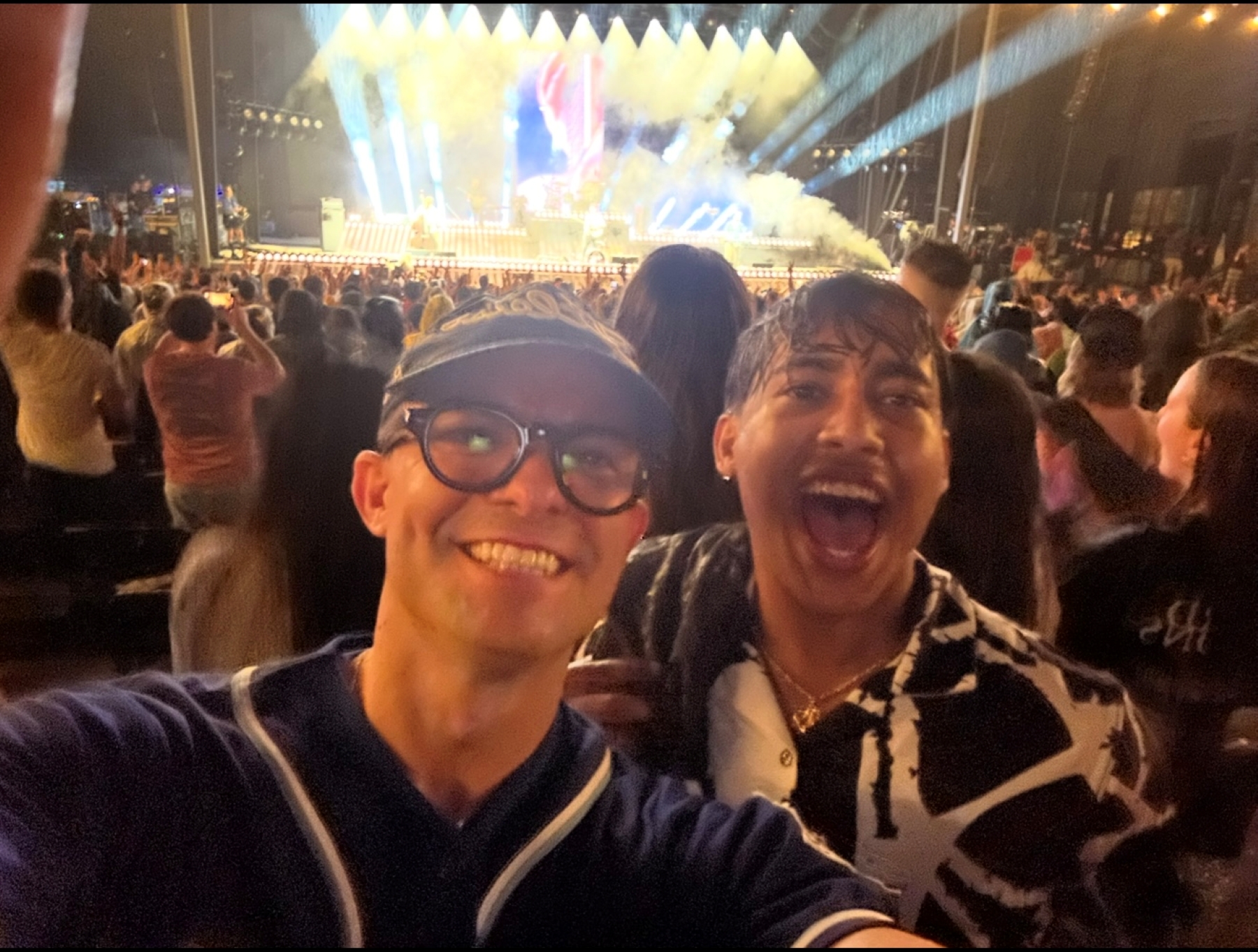
My favorite memory from this summer was when we went to a Mumford and Son’s concert to celebrate our hard work. I remember the rain soaking everyone in the crowd that night, while Tom and I just laughed, watching our favorite songs being performed. Through research at KU, I had not only gained an amazing support system but also exceptional friends. I’m glad I found this pathway to be the right one for me, and it could be the right one for you too!
Published on
Categories Undergraduate Admissions
Tagged Jayhawk POV, Undergraduate Degrees, Jayhawk Experiences, Research